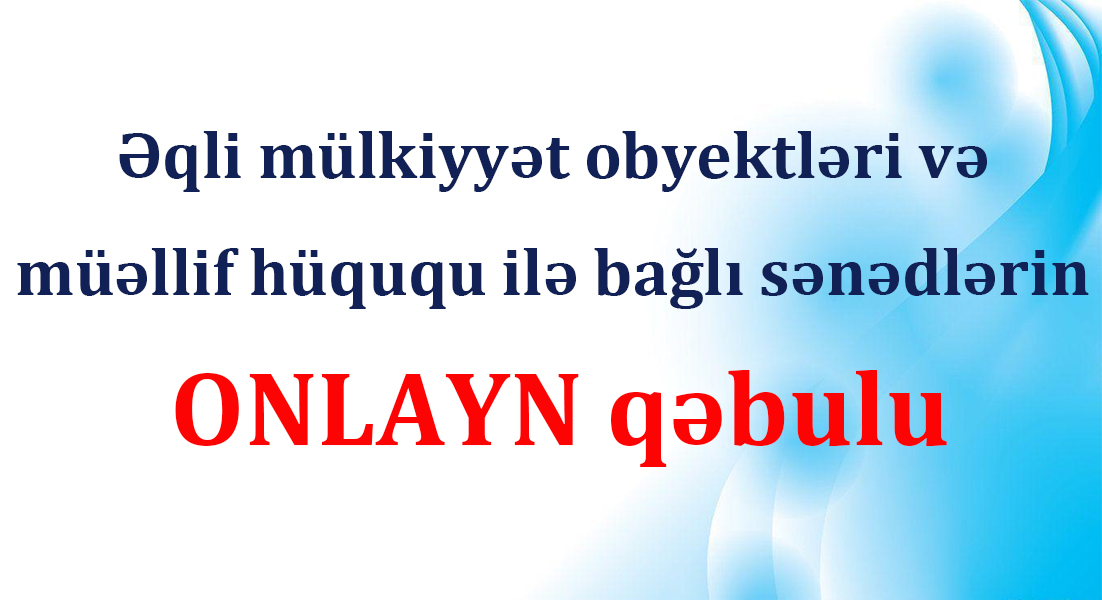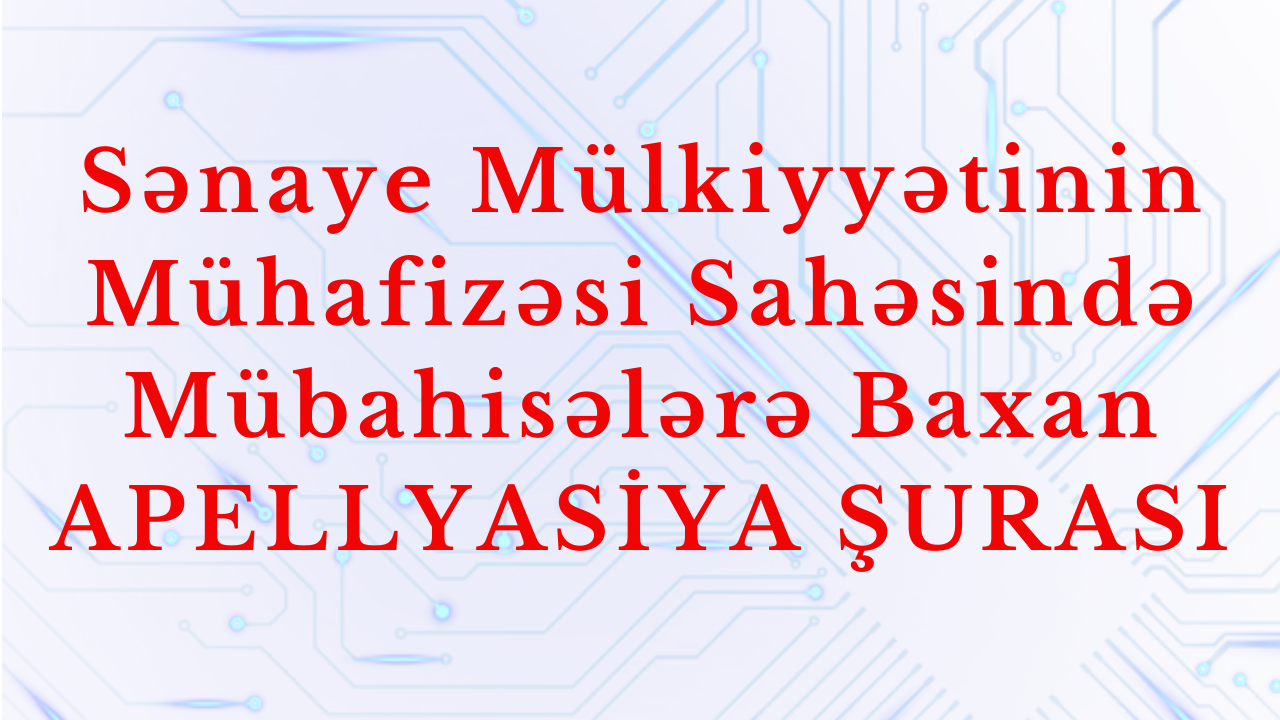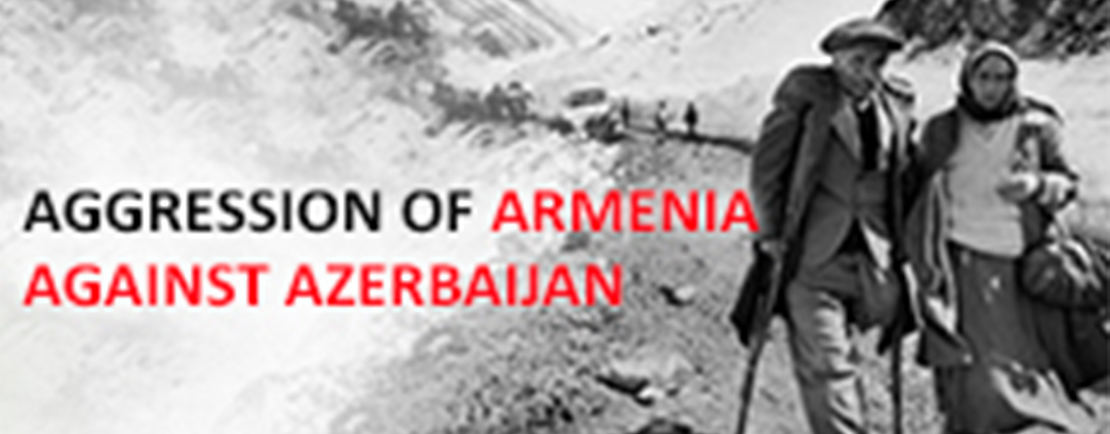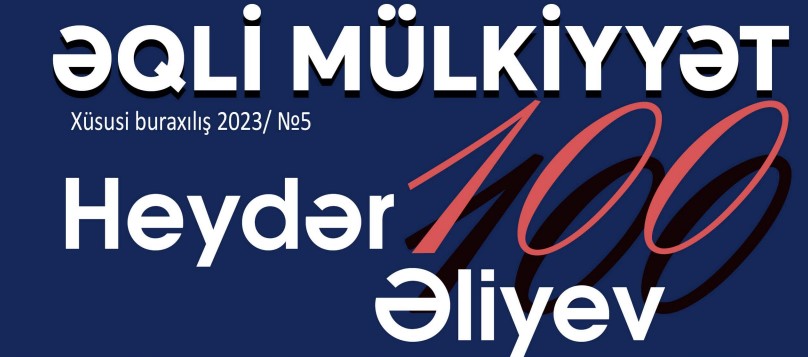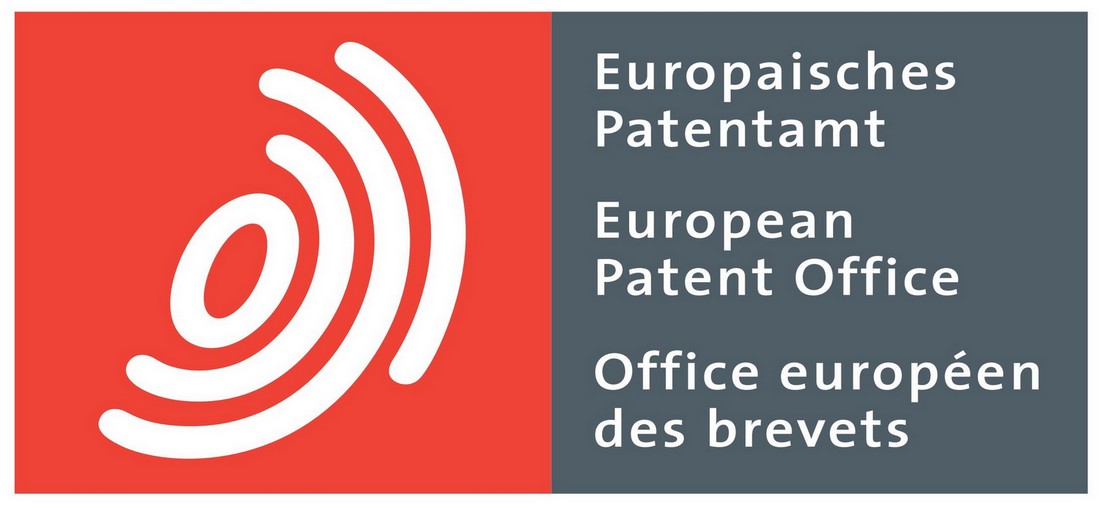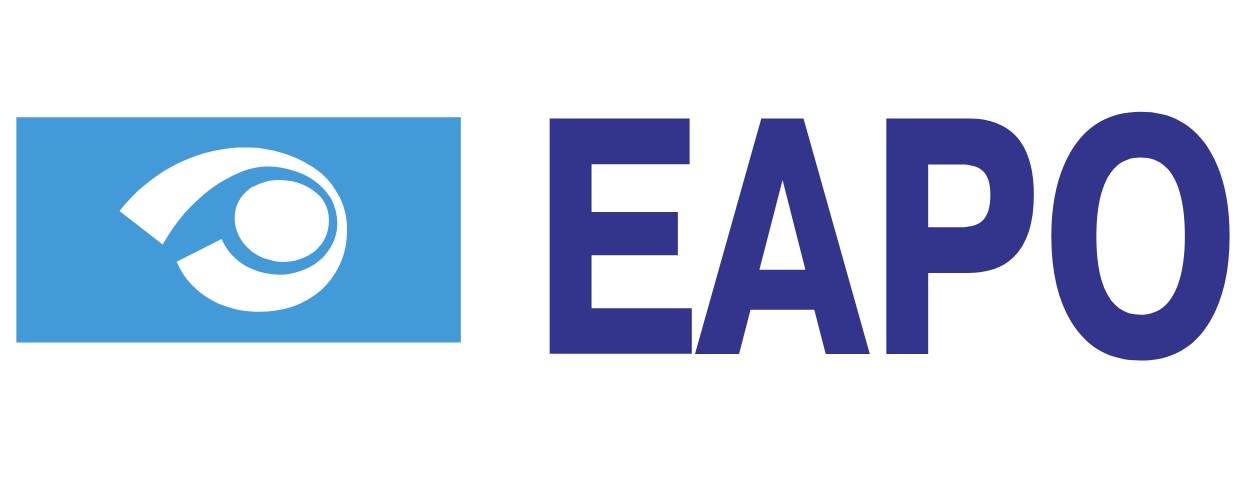Legal guarantee of uploading video-recordings to YouTube portal
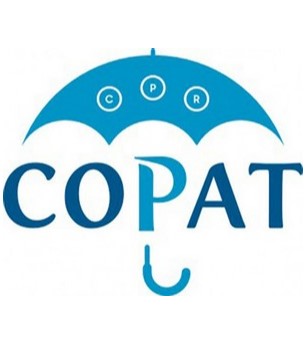
Recently, some social networks have been discussing the placement of videos of songs by national authors and performers on online resources, including YouTube, their use, ownership and disposal, and the representation of these interests by media companies. In this regard, the Intellectual Property Agency of the Republic of Azerbaijan comments on this issue:
1. Use of all objects of the Copyright (copyright and related rights) system, if the object is protected, is possible only with the consent of the right holder of the protected object.
This requirement of copyright law remains in force even if videos of performances are posted on YouTube. However, we must accurately classify a number of cases.
Firstly, how should the uploaded object be identified from the point of view of copyright legislation?
Secondly, is the uploaded object protected?
Thirdly, who is the right holder of the uploaded object?
The video-recording was mentioned as one of the objective forms of copyright in Article 5.2 of the Law of the Republic of Azerbaijan “On Copyright and Related Rights”. According to Article 6 of this Law, video recordings (called videograms in the legislation of a number of countries) are not directly included in the list of copyrighted works.
However, this list of copyrighted works is open. It follows that under certain conditions required for the protection of copyright, that is, video can be protected as an object of copyright if it is the result of objectively expressed creative work, ie if it is classified as a work (the presence of features of the work).
Among the videos, a special group consists of video recordings of performances of musical and literary works.
Such recordings, made by audiovisual means, convey the process of performance of works by professional artists, amateur performers, creative teams, as well as the authors of the works themselves.
As for the performances themselves, they are referred to by the legislature as objects of related rights, and the rights of the performer (including the exclusive rights to perform and any non-contradictory methods of disposal over exclusive rights) are enshrined in Articles 32 and 33 of the Law on Copyright and Related Rights and regulated in detail.
It is important to note that the legal regime of video recordings as a whole, including video recordings of works performed and the rights of their creators (producers), is not defined by law.
Within the framework of copyright legislation, as well as international conventions, video recordings of musical works are not directly related to independent objects of copyright, and their ability of protection is not regulated as objects of related rights.
The reason why videos do not belong to independent copyright objects is that videos do not always have creative features and they are created as a result of technical and organizational work of producers, and may include legal entities.
As for the legislative solution to the issue of the protection of video recordings, including video recordings of musical performances, this issue is currently open within the framework of national legislation and falls within the competence of the judiciary.
However, even bodies that resolve conflicts over the rights of producers of video recordings by analogy with the rights of producers of sound recordings (phonogram producers), in cases where the rights to the video are based on related rights, are primarily based on copyright. Ownership of related rights is considered legitimate if there is no copyright infringement.
It follows that the right holders of different performances of the same copyright object (song) may be different related rights holders.
2. When a video of a performance is posted on the Internet, the following categories of persons may file a lawsuit against the person who posted the video through a system called strikes:
- copyright holders, because it is a question of using the work in a modern form on YouTube, and the legislation regulates the rights of the copyright owner to interactive public communication [right of interactive public communication];
- Owners of rights related to the performance, as a rule, act on their own behalf and on behalf of the performers (although performers may also have separate rights) phonogram producers (studios);
- rights holders of broadcasting organizations (television broadcasting channels) and video footage of performances.
However, the owners of the copyright to the performed work presented in the form of a video may file a lawsuit against them, regardless of the performer performing the work and the TV channel (broadcasting organization) reflected in the video footage.
Phonogram producers can only sue for the phonograms of which they are right holders.
Broadcasting organizations can only sue for video footage copied from the television programs they represent or from the TV channel.
However, all complaints about intellectual property rights infringements, the system called strikes, are compiled in accordance with the requirements of YouTube in the following order:
- The right holder fills out the appropriate form and sends a notice of violation of his rights in a specific video to the YouTube portal;
-If the complaint is properly drafted and the infringement is actually discovered, the disputed content will be deleted and the person uploading the video will receive a warning and must take copyright courses on YouTube;
- If this situation is repeated three times (3 warnings), the account of the offender will be closed, all videos will be deleted from his channel, and the infringer is prohibited from creating new channels.
In addition to the strike system, a grievance system is often applied using Content ID, ie a comparison of the right holders' database of musical compositions.
3. The copyright requirements described above for the uploading of videos, including music videos, subject to the rules of YouTube, allow us to draw the following conclusions:
3.1. Anyone who initiates the uploading of copyrighted video content to the YouTube portal must obtain permission from the copyright holder of the work on which this video content is based.
If you receive a notification of copyright infringement, please note that in accordance with the rules of the YouTube portal, this protected video content is deleted.
Detection of infringements within YouTube can be done both on the basis of the Content ID system, which compares the submitted video content with existing samples of content uploaded by the right holders, as well as on the basis of a complaint sent by the right holder to the YouTube portal.
In the case of a more common form of complaint (Content ID system), the right holder may require both the blocking of the video content and its monetization, ie the sharing of income between the person who uploaded the video.
If you do not agree with the Content ID system's request for your video, and you have a firm legal basis for doing so, you have the opportunity to challenge the Content ID system's request for your video.
In general, it is important to remember that YouTube does not act as a mediator in copyright disputes, and such disputes are settled in court.
3.2. Any music label that owns the rights to phonogram recordings of a performance by certain performers does not have the right to request the deletion of your video just because the same copyright is played.
You may be required to delete your video if the music label that owns the phonogram recording of the copyrighted object's performance is copyrighted to that piece of music (Copyright has been acquired on the basis of a license agreement concluded with the author or right holder).
It should be taken into account that the copyright object is protected and the term of protection has not expired, it has not passed into the sphere of public domain. No consent is required if the object of copyright is transferred to the public domain and has not been declared as state domain.
3.3. Claims for infringement of intellectual property rights may also be filed by broadcasting organizations (TV channels) or their representatives.
Please note that in this case, the copyright owner reserves the right to receive royalties for the use of video footage, including the music composition.
4. As for the representation of the interests of television channels and other individuals or legal entities by individual companies or organizations, it is important to note that TV channels and individuals or legal entities that apply to such agents must provide them with a license agreement confirming that they own the rights to the music played on YouTube video hosting. Unless otherwise provided in the license agreements, part of the income from the viewing of the videos must be paid to the authors of the works.
In addition, we would like to inform you that detailed information will be provided after the relevant research on the activities of companies engaged in the representation in the digital network.


